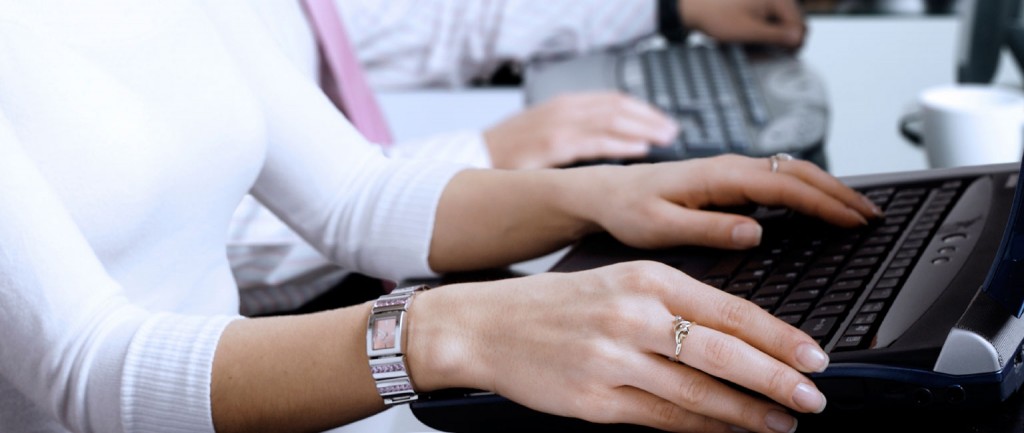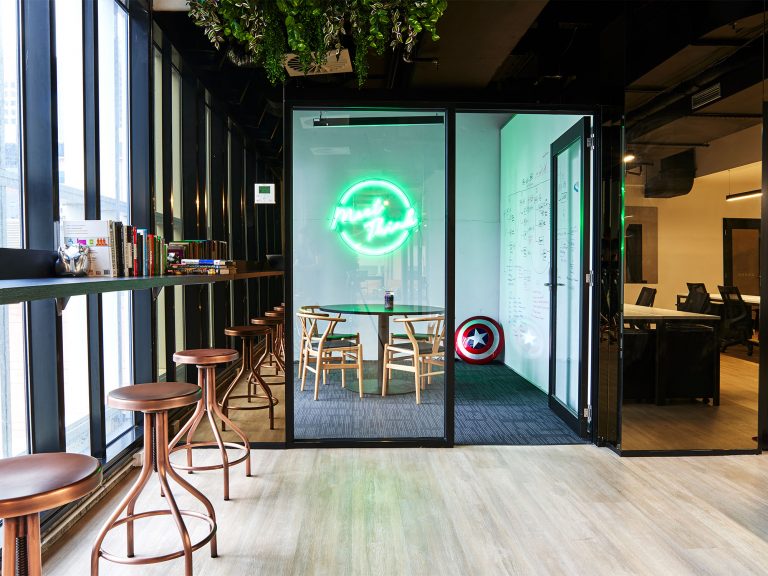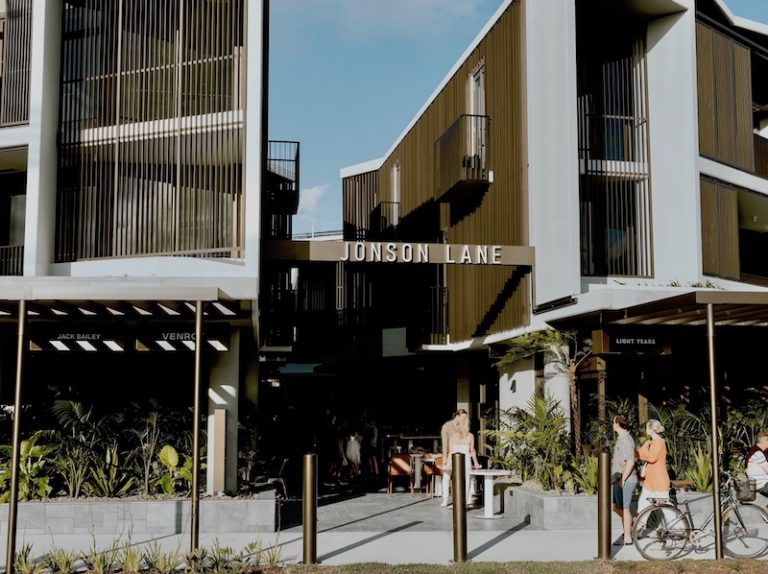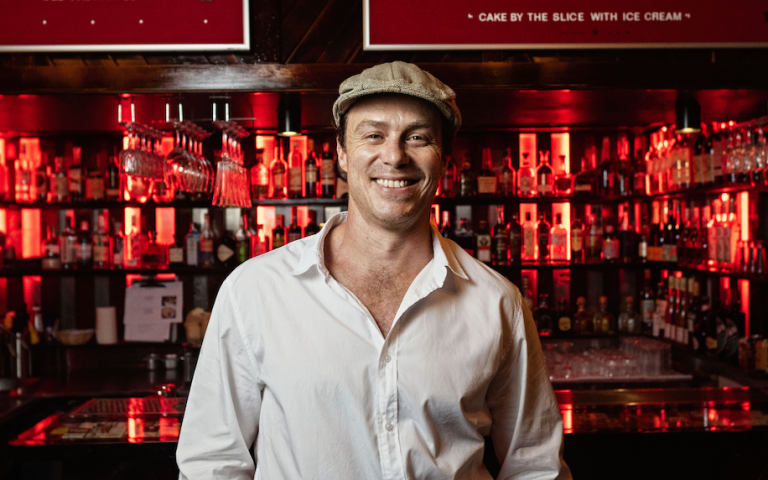The hot-desk office comes of age

A new design concept is tearing down cubicle walls and offering a radical approach to saving costs and improving productivity, Paul Thornhill reports.
In the office market today, campus style has been replaced by a new buzzword; ABW, or activity based working, also known as hot-desking.
ABW design started in 1996 with a project for the Dutch Police and a simple question: “If you want your 100 officers to be out on the street, why do you need a new building that houses 100 desks?”
Today, staff at a growing number of Australian workplaces park their satchel in a personal locker each morning and head off for a meeting in the collaboration zone of their neighbourhood. After all, they don’t have their own desk or office, but hot-desk and work in a variety of spaces designed for meetings, projects or report-writing sessions.
For most of us, this approach to organising work may sound odd, but when RealCommercial spoke to Matt Strudwick, Senior Workstyle Consultant at Veldhoen + Company, one of its primary advantages becomes obvious.
“It can be difficult to nail down a precise figure; it depends to a large extent on the needs of the client,” Strudwick says, “but even though we spend more on each square metre for ABW than a traditional layout, clients can achieve a saving of around 20% on their occupancy costs.”
That saving alone explains two of Veldhoen’s recent, high-profile clients, Macquarie Bank and CBA – groups not traditionally associated with avant garde approaches to the workplace.
Other prominent groups moving to ABW include Suncorp Group, Nab – which last week consolidated the last of its 6,500 head office staff into its Docklands building in Melbourne – PWC in Perth and Canberra, Medibank Private, BankWest and Goodman Australia.
In CBA’s case, their new headquarters at Darling Walk brought together staff from 13 different premises across Sydney’s CBD into two purpose-designed buildings.
Strudwick was at pains to point out that ABW is about much more than hot-desking and brightly coloured interiors; rather it’s about carefully designed spaces meeting functional requirements and thoughtful changes to company culture for this approach to work properly.
“Think about a staff member at their desk with headphones in their ears. What they are really saying to everyone else is ‘Hey, I need to focus now’, or managers getting together for a coffee outside the building. They’re behaving like this because they don’t have a place custom-designed for the activity they’re doing inside.”
“In an ABW designed workplace, specific spaces are dedicated to team collaboration, process work or private areas resembling library alcoves, where you can tuck yourself away and focus on getting something done.”
Strudwick paints the picture of an impromptu team hastily put together for a deal. “In the ABW format, they work in a space designed for project teams, using LCD screens to pull up the information they need.”
“As it comes together, everyone sees the shape and content of the proposal at the same time – much better than circulating a draft and trying to input every individual’s comments.”
There are other advantages, including the health benefits for a workforce no longer required to sit for long periods at their desks and better facilitation for staff who occasionally work from home, important in an age where recent studies show Sydney office workers commute an average of 70 minutes to and from work each day.
According to Strudwick, the free-flowing design encourages people to collaborate more spontaneously, and works well with Gen Y staff who bring more of a freelancer attitude to their career.
But it is no quick fix; ABW requires a significant investment in technology and workplace culture for its full benefits to be realised.







